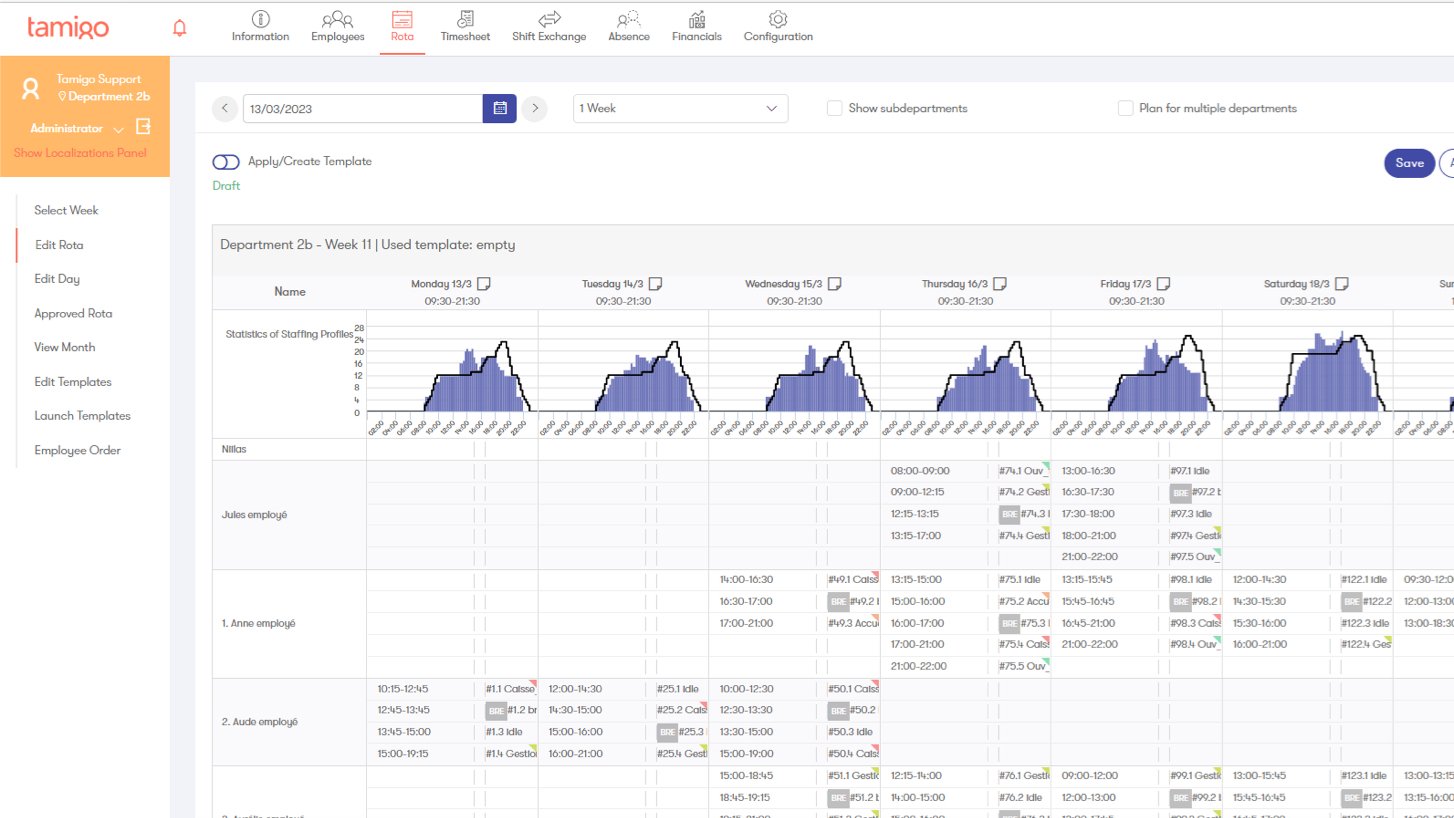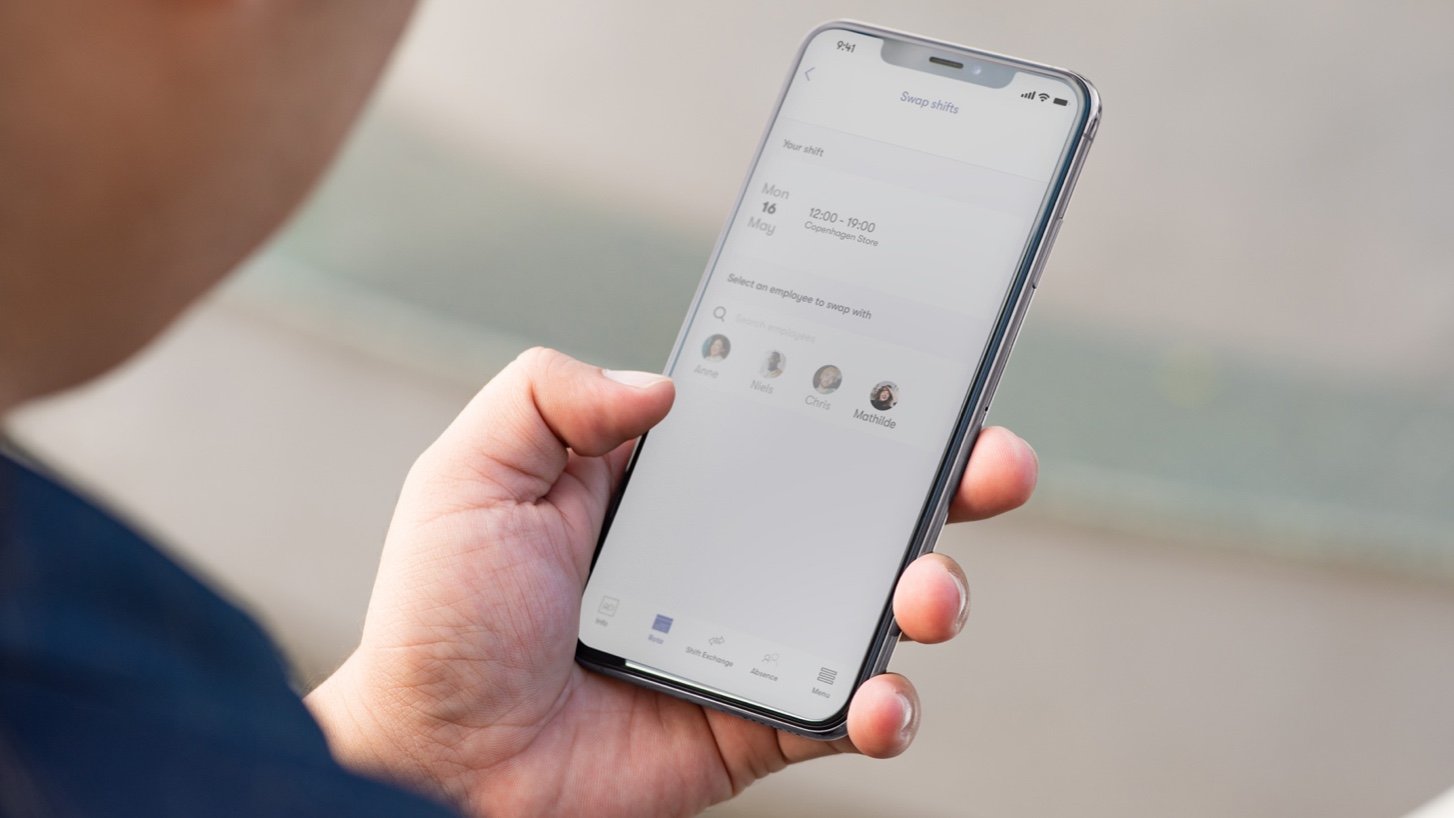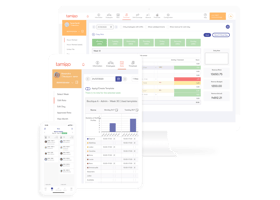The pandemic changed our expectations around working hours. This shift has given retail an opportunity — to improve recruitment and retention by adopting more employee-friendly scheduling.
Retail and the Great Resignation
Covid prompted many of us to re-evaluate our lives, including our work. Were our jobs fulfilling and did we feel valued? The answer, in a lot of cases, was no.
What followed became known as the Great Resignation — millions of people quitting their jobs in search of something new.
First identified in the US, the phenomenon soon made its way across the Atlantic. In Q4 2022, the job vacancy rate in the euro area stood at 3.1%, double what it was two years previously! And retail was one of the hardest hit industries.
In Europe’s economic powerhouse, Germany, over 40% of retail companies reported a shortage of labour in late 2022.
Meanwhile in France, resignations from fixed-term contracts rose by 19.4% from 2019 to 2021. A store manager painted a dire picture to the retail trade magazine Je Bosse en Grande Distribution:
"There are a lot of turnovers and it's getting worse and worse. People don't stay long! Once the person has been trained, they leave, and you have to train someone new."
Work life balance is priority no. 1
When you dig into what spurred the Great Resignation, work-life balance keeps coming up. Maybe more so than companies realise.
Personio surveyed thousands of employees and HR decision-makers across Great Britain about the exodus. Employees identified work life balance as the top factor. And HR? They went with the traditional answer — wages.
There’s a worrying disconnect between employers’ perception of what will encourage their staff to leave and employees’ reality. This suggests a lack of understanding around staff’s problems and priorities today.
Personio
Retail has a reputation for poor work life balance. There are the unsocialable hours, last-minute schedule changes and painfully slow vacation approvals.
It all makes it hard to plan life outside of work. In employees’ eyes, the company's needs comes first, while theirs come a very distant second.
After months of lockdown, workers returned to find these old processes still in place. And they were less likely to tolerate them. As economist Lawrence Katz put it, Covid was a “once-in-a-generation ‘take this job and shove it’ moment.”
How can flexible scheduling help?

Working from home isn’t possible for most retail jobs. So, what exactly does work life balance in this industry look like?
Flexible scheduling is a key part of the answer. In contrast to traditional ‘top-down planning’, this approach gives employees a more active role in scheduling. Plus, it makes it easier to change hours once they’ve been assigned.
By giving employees more autonomy, flexible retail scheduling can be seen as an offshoot of participatory management. It's a management style that's long been championed in Scandinavia — especially tamigo’s home country of Denmark.
By incorporating that same collaborative spirit, flexible scheduling gives more prominence to employees’ preferences — making them feel valued and engaged.
You might be interested in: How Salomon modernised its in-store operations.
3 ways retailers can adopt flexible scheduling
The easiest way to implement this new way of planning is through technology.
Suprisingly, even the biggest retailers still schedule staff with printouts or Excel. In a global survey of frontline workers, Forrester found that this hadn't been addressed by companies' wider digital tranformation efforts.
Only 34% of respondents noted their organisation’s frontline employees can access their schedules via their mobile devices. If an employee forgets to check a schedule during their shift, they have to find other means of access when not onsite.
Forrester
Cloud-based workforce management software are part of the solution. They combine shift planning, T&A, HR data and more in one. And some, like tamigo, come with a browser version (used by admins and planners) and a mobile app (mainly used by employees).
These solutions include many advanced features to enable flexible scheduling. Here’s a few that tamigo’s retail customers value.
1. Automated generation of available shifts

By making shifts available, instead of assigning them straight out the gate, employees can pick which ones fit them best. In tamigo, generating these shifts is done at the touch of a button.
You begin by configuring staffing profiles. These visualise recommended staffing levels to managers on tamigo’s scheduling pages.
Staffing profiles are based on data you import into tamigo. This could be sales data or AI-powered forecasts from our partner RELEX Solutions. You also define the necessary skills needed. For example, a supermarket might set skills such as “cashier” or “deli counter”.
Staffing profiles then guide managers in planning. Or they can choose to let the solution do the heavy lifting! Through the ‘Generate shifts’ button, tamigo creates the right number of available shifts per day to meet the staffing profile.
2. Shift bidding
Once shifts are generated, relevant employees are notified through the tamigo app, and can start placing their bids.
Relevant is the important word here. tamigo automatically filters the list of available shifts which each employee can see, based on their suitability. For instance, an employee might lack the required skill.
You can choose for bids to be automatically accepted. Or for managers to validate them first.
3. Shift swapping

Just like shift bidding, shift swapping in tamigo automatically protects against compliance issues or scheduling conflicts. And it’s an incredibly easy process for both staff and managers!
- Employees select the shift they can’t work in the tamigo app. They’re then asked to choose from a list of suitable replacements.
- The shift swap request is sent to the other employee to accept or reject.
- The manager is instantly notified to give their approval. Or, similarly to bidding, you can configure swaps to be approved automatically.
Doesn't flexible scheduling take away control?
It’s a concern we often hear from our retail customers. When top-down planning has been the norm, letting staff into the process feels risky.
How about labour law compliance? Dozens of shifts being left open?
The important thing to stress is that flexible scheduling only takes place within guardrails you set. Your admins configure tamigo so that whatever changes are made, they won’t derail schedules or expose you to risk.
And as for the open shift question: managers always need to finalise schedules before publishing. If shifts are still available, managers assign them manually.
From flexible scheduling to superfast, internal communication, tamigo is retail’s trusted solution for managing employees. Learn more on our dedicated retail page.





